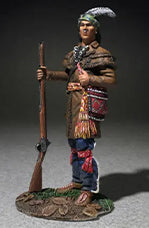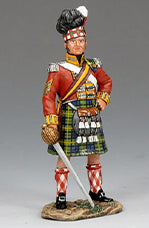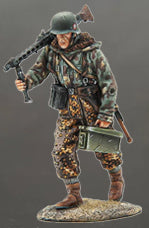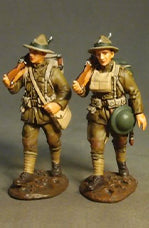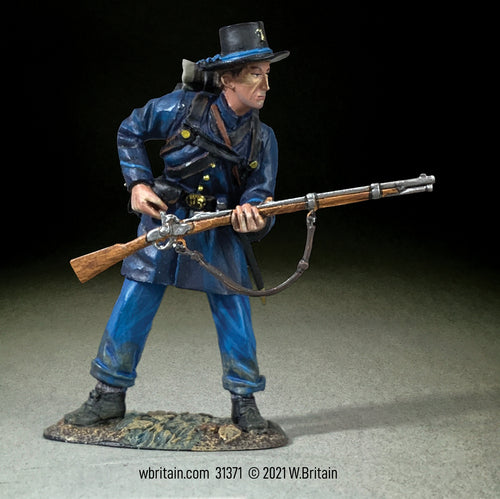31371 - Federal in Frock Coat Reaching for Cap, No.2
Couldn't load pickup availability
1/30 Scale
Matte Finish
1 Piece Set
After the soldier’s musket is loaded, the powder at the bottom of the barrel must be ignited. For a flintlock musket a piece of flint was rapidly scraped causing a spark. On the even older matchlock weapon, a burning cord was set to the powder. Both systems were finicky and unreliable. In 1800 fulminates (friction-sensitive explosives) were discovered. By 1807 the process for encapsulating fulminate in a small metal cup was refined – the percussion cap was invented and the system coined “cap and ball.” Now when the bullet was seated on the powder charge, a cap was placed on the cone (a hollow passageway leading to the powder), the trigger pulled, the musket’s hammer released, striking the cap, igniting the powder, discharging the weapon rapidly and reliably.

